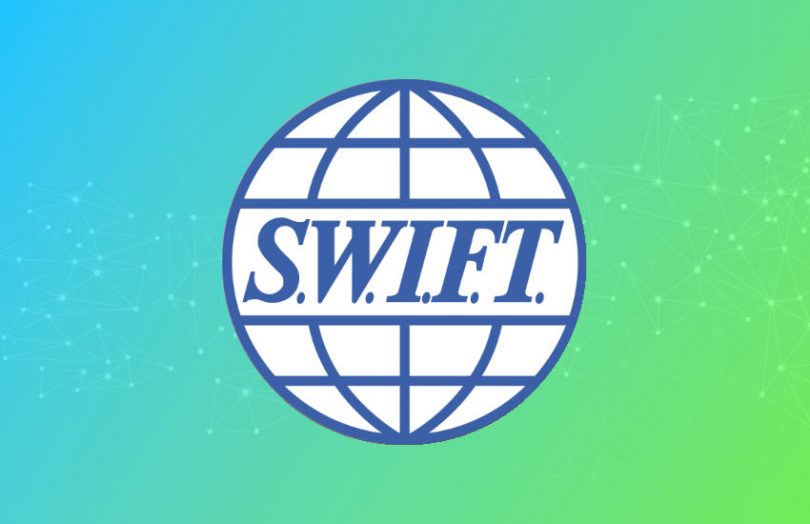Today SWIFT announced the results of its central bank digital currency (CBDC) trials for cross border payments Capgemini. It interlinks multiple domestic payment systems (multi-CBDC or mCBDC) for cross border payments, describing the solution as ‘groundbreaking’. Our reading of the approach is it still uses intermediaries for cross border payments. And intermediaries constitute a significant cause of friction in today’s payment system. So while this concept might be practical to enable CBDC’s to be used cross border, it’s unclear whether it is a solution to today’s challenges in cross border payments.
The solution provides a connector gateway to which each domestic CBDC would integrate. “We believe our solution can offer a seamless transaction flow on a highly scalable model, with no manual intermediary message initiation required,” said SWIFT.
SWIFT has now launched a sandbox being used by 14 central and commercial banks, including Banque de France, the Deutsche Bundesbank, HSBC, Intesa Sanpaolo, NatWest, SMBC, Standard Chartered, UBS and Wells Fargo.
The three mCBDC models
In May 2021, the BIS outlined three potential models for multi-CBDCs. The first approach is to create compatible CBDC systems with common standards for technical areas, message formats and data. That was the strategy adopted in SWIFT’s mCBDC experiments last year with Accenture.
Today’s announcement focuses on the second avenue of interlinking domestic CBDCs. This approach will be separately trialed in a recently announced project by the central banks of Sweden, Norway and Israel. And we’d guess it might be similar to SWIFT’s solution but cut out intermediaries.
The third approach is to create a single shared multicurrency system. Projects Dunbar and MBridge are examples of the latter, although their implementations are quite different from each other.
SWIFT points out that it’s unlikely all central banks will adopt one platform or solution, so the ability to interoperate is critical. Central banks may be reluctant to allow their CBDCs to be used across borders. Hence the rationale for an interchange mechanism with local currency.
The trials involved connecting simulated CBDCs based on R3 Corda’s enterprise blockchain and the Ethereum-based Quorum permissioned DLT. Each CBDC connects to SWIFT, which enables connectivity to other CBDCs and to SWIFTs infrastructure that includes connectivity to real time gross settlement (RTGS) payment systems.
By using SWIFT as an interface, it simplifies the issue of identity management. It also uses the existing SWIFT public key management (PKI) infrastructure.
Similarities with current SWIFT payments
One of the biggest issues with current cross border payments is the use of correspondent banks in destination countries. Correspondent banks act as intermediaries between Bank A and Bank B, where Bank A doesn’t have a bank account in the foreign country. SWIFT works by banks sending messages rather than money. And that’s pretty much how this new solution works as well.
It could be argued that this proposed solution adds yet another layer of intermediaries – the central bank’s regulator node.
We expected that Bank A would send a message to its domestic central bank node, which would relay it to the foreign central bank node. And the foreign central bank node would send a message to the destination bank.
However, the trials used intermediaries between Bank A and the domestic central bank and likewise in the destination country. If those intermediaries are ‘dumb’ and don’t check AML or anything else, then it should be fine. Their role may only be to relay messages, escrow funds and tokenize money. If that’s the case, then it should be good. But it seems unlikely they won’t get involved in AML and validation.
SWIFT concludes that “It provides a highly scalable solution that solves the ‘one-to-many’ challenge not addressed by bilateral connectivity, while more closely replicating the flows familiar to commercial banks from established cross-border payments.”
But “replicating the flows” isn’t ideal because the whole reason for experimenting with CBDC for cross border payments is to address slow and expensive payments.
Additionally, through no fault of its own, SWIFT is tainted for some countries because of its use as a sanctions enforcement tool. The likes of China, Russia and others will still want to create alternative solutions that they see as sanction-resistant.
Meanwhile, in addition to experimenting as a connector for cross border CBDC, today SWIFT also shared promising results of its trials of acting as a connector between different digital asset platforms.







